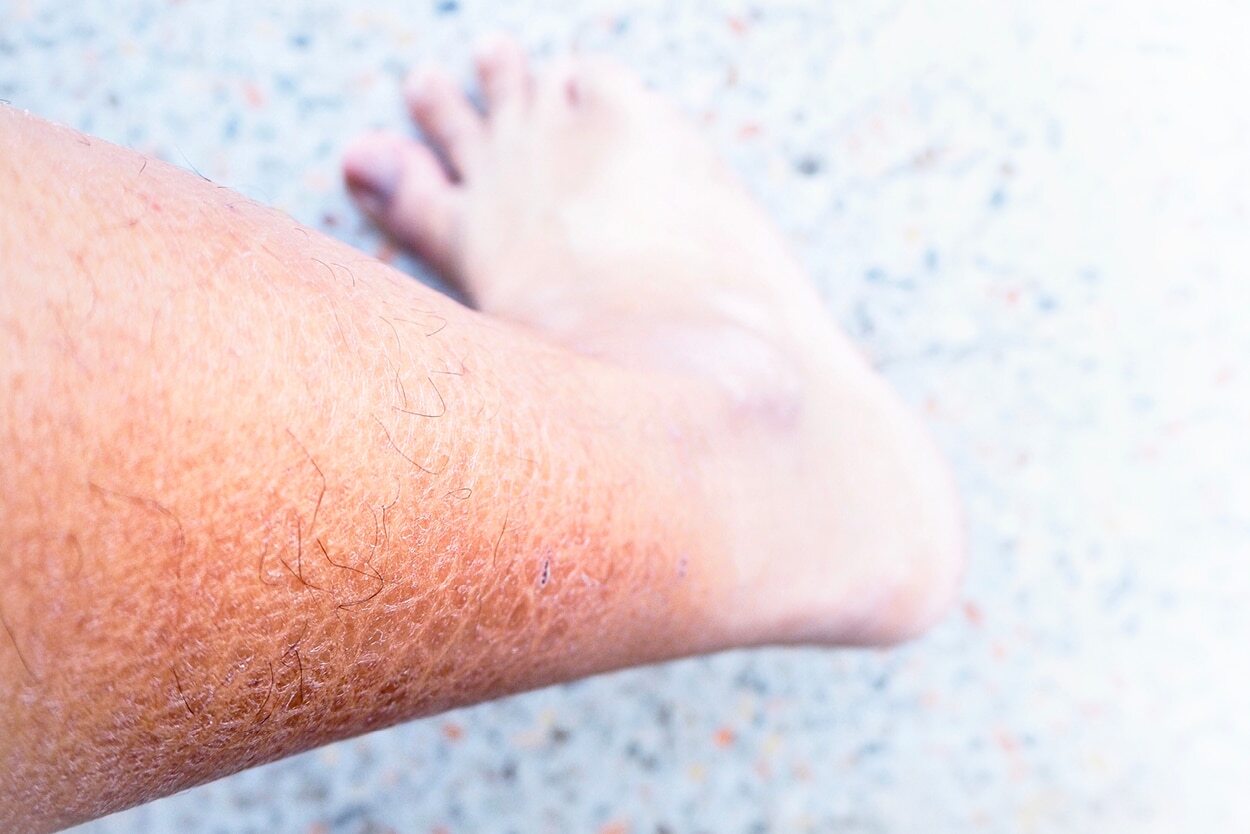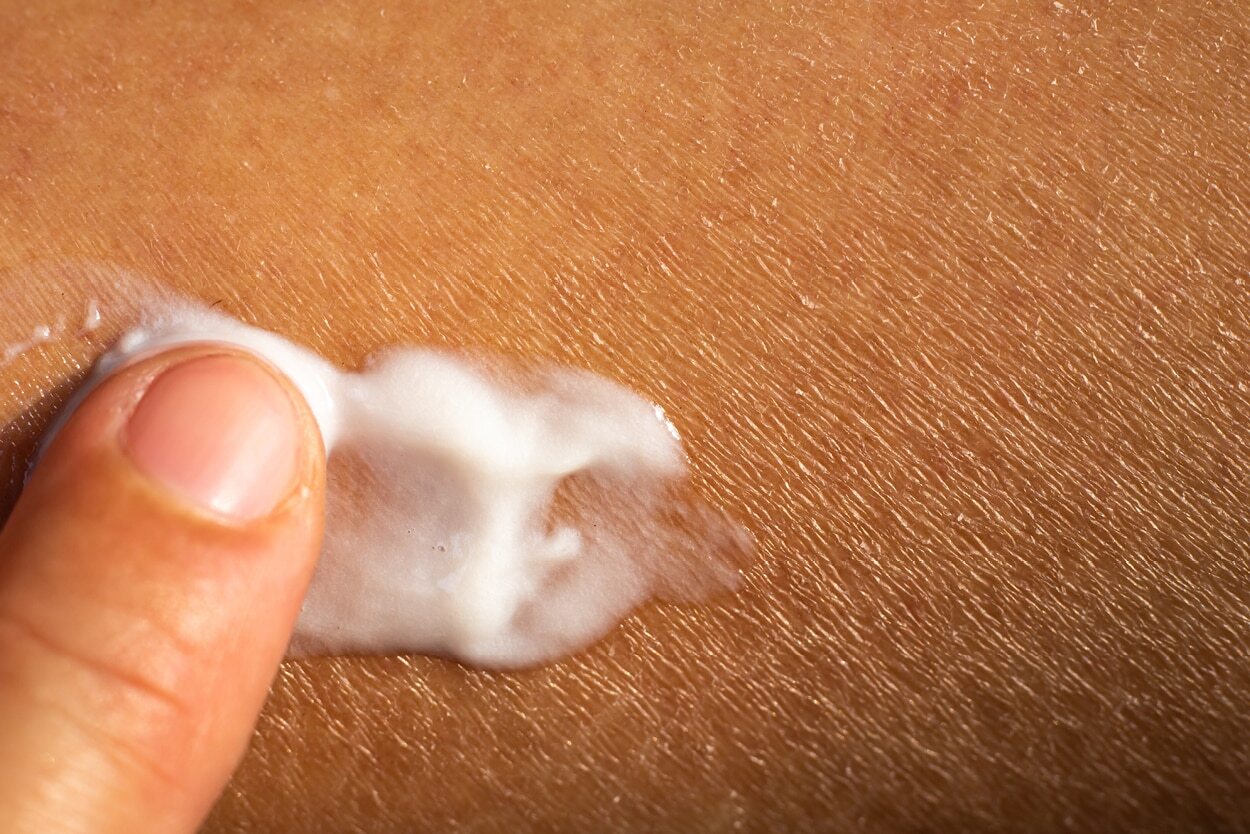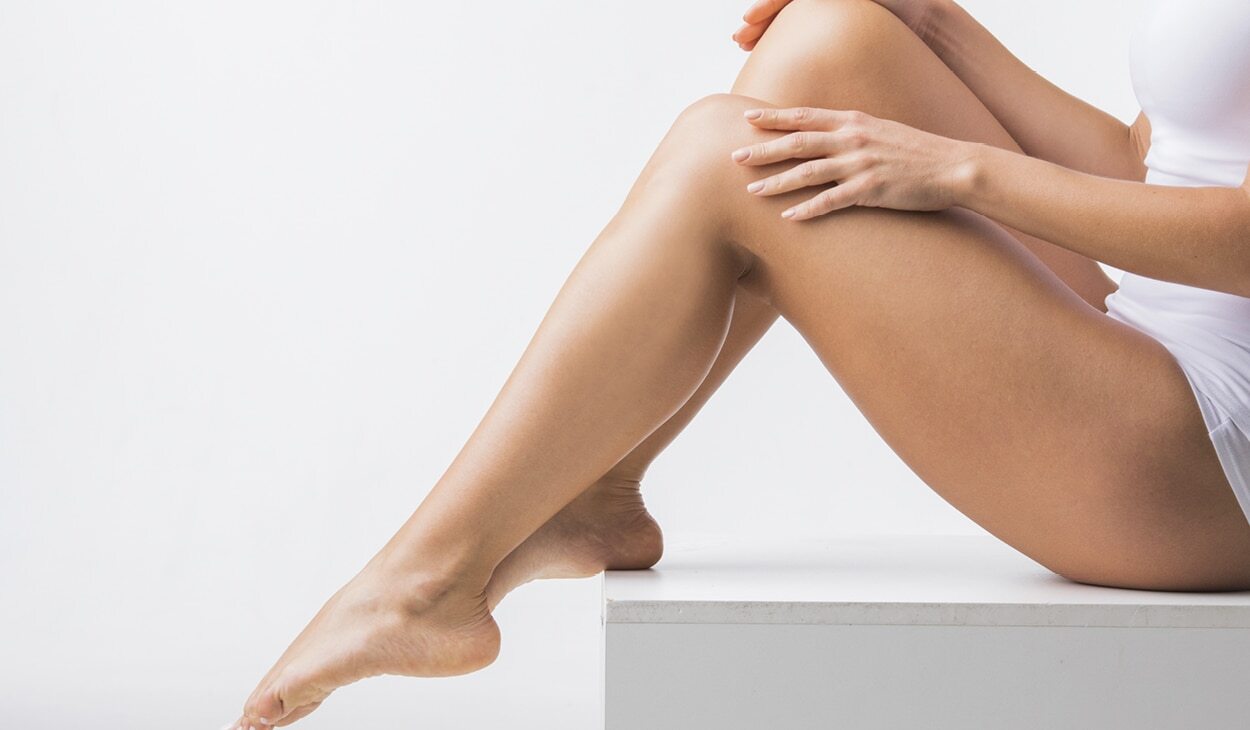Ichthyosis vulgaris is an inherited skin disorder that causes dryness and scaly skin. It could either be genetic, meaning you can get it from your family, or it could be acquired, or it can just occur on its own. But in most cases, it is an inherited or a genetic disorder. The primary cause of the condition is the skin's inability to shed it's dead skin cells, leading to the accumulation of the same in patches that resemble a fish scale. This is why ichthyosis Vulgaris is also known as the 'fish scale disease'. The normal human skin tends to shed its dead skin every few days or every few weeks. That is not the case in this condition and it can lead to excessive dryness in the skin and excessive scaliness in certain parts of the body. It can also occur in larger areas or the entire body.
01What are the causes of ichthyosis vulgaris and how is it diagnosed?

Ichthyosis vulgaris might be confused with conditions like psoriasis, keratosis pilaris, severe atopic dermatitis, but the typical family history behind ichthyosis always makes it distinctive. Dr. Modi also revealed, "The diagnosis of ichthyosis vulgaris becomes clear as the patients give a history of their condition. It is a very chronic disease and can affect some people right from their childhood, or early stages of life. The patients usually complain about very dry skin and present visible scaly patches in the affected area. The diagnosis begins by taking a proper family history of the patient to determine whether there is genetic involvement. If the clinical assessment is not confirmed, we turn to a skin biopsy to make the right diagnosis."
02What are the symptoms of ichthyosis vulgaris?

Ichthyosis is a fairly common condition, with ichthyosis vulgaris being the most common kind. It can be seen in 1 in 300-400 people, is equally common in males as well as females and is seen across all the races. Dr. Modi describes the symptoms of the condition as follows:
- Severe dryness, often worse in the winter season or any kind of cold environment.
- The lesions appear most commonly on the lower legs, but can also be pretty severe when it spreads to the body and the scalp. The scales are polygonal in shape, like small diamonds, and look like the scales on the body of a fish.
- The scales themselves can become very painful and thick. They can get itchy, develop cracks, are very deep, can bleed, and the skin affected by it feels very tight. This is mostly because the skin is thickened and there is an extreme accumulation of dead skin.
- On the scalp, ichthyosis vulgaris becomes very flaky and itchy, so uncomfortable that patients sometimes cannot sleep at night.
- The scales are either skin-toned, white, grey or brown in colour.
03What are the treatment options available for ichthyosis vulgaris?

There is no permanent cure for ichthyosis vulgaris, but in terms of treatment options, experts have recommendations to help alleviate the symptoms. When followed continuously and religiously, these treatments can give them relief from dryness, scaliness, itchiness and irritation. They mainly involve:
- Use moisturisers infused with ingredients like urea or propylene glycol. Using creams and lotion a couple of times a day helps the skin to stay moist and supple. Also, avoid skincare habits like over-washing or showering with very hot water, that can overdry your skin. A pro tip that Dr. Modi shared is to apply some petroleum jelly on the affected area before taking a shower to avoid soapy water touching it.
- Use of exfoliants to help slough off accumulated dead skin cells on the patchy affected areas. Some of the ingredients to look out for are lactic or salicylic acid; as they help remove the top layer of the skin. Physical scrubs like loofahs or pumice stones are sometimes recommended. But they have to be used gently to avoid further drying out your skin.
- Skin affected by ichthyosis vulgaris should also be protected in harsh climates. Layering up in winters is recommended with humidifiers being a good option to hydrate your skin if you tend to spend a lot of time in AC rooms.
- In severe cases where the skin is getting infected, doctors will prescribe antibiotics or steroid creams to control the inflammation.
- In cases of extreme scaling, topical treatments like alpha hydroxy acids (AHAs) or retinoids (vitamin A) is recommended. But if used improperly, these ingredients can cause a lot of stinging and irritation. So, it is crucial to follow professional advice closely.
04What happens if ichthyosis vulgaris is left untreated?

If left untreated, it won't cause any life-threatening scenarios, but can definitely affect your quality of life. In terms of the complications, issues like excessive dryness and deep cuts can get painful. They are itchy and if scratched, it can lead to skin infections. Other complications include bleeding, oozing of fluid, swelling and cellulitis (bacterial infection). Due to the extreme transepidermal water loss that takes place in this condition, it can lead to a lot of dehydration and water loss from your system. Blistering and skin allergies can also lead to patients being socially conscious. Due to the chronic nature of the condition, psychological complications need to be addressed as well. This is why it is important to check in with the patients on how they are doing mentally, in order to overcome the stigma of such a visually distinctive skin condition.
05Expert recommend counselling for ichthyosis vulgaris

Dr. Modi recommends counseling of patients suffering from ichthyosis vulgaris. This is because of the chronic and long-term nature of the condition. She recommends consulting a professional to help deal with it in order to avoid the frustration surrounding it. The condition also affects you psychologically, which is why doctors will sometimes refer you to a counselor or a therapist to help deal with it. Acceptance is very important, along with tips like avoiding touching the affected areas too much, no scratching and keeping skin irritants as far away from it as possible.
Q. Are there any natural remedies for ichthyosis vulgaris?
**A. **Since the condition is chronic with no real cure, DIY natural remedies will prove less than useful while dealing with it. Also, home remedies can cause further irritation and swelling in the area.
Q. Can I use Vaseline for ichthyosis vulgaris?
**A. **Since Vaseline is the most popular brand of petroleum jelly available over-the-counter, it can be an affordable option to help alleviate the symptoms. Petroleum jelly helps bind moisture to your skin, relieving dryness and irritation caused by the condition.
Q. Who is more prone to get severe forms of ichthyosis vulgaris?
**A. **When genetic in nature, if a child receives one mutated gene of ichthyosis vulgaris from his/her parents, they experience a milder form of the condition. However, if both parents happen to transfer two defective genes to their child, the severity of the condition can increase.








